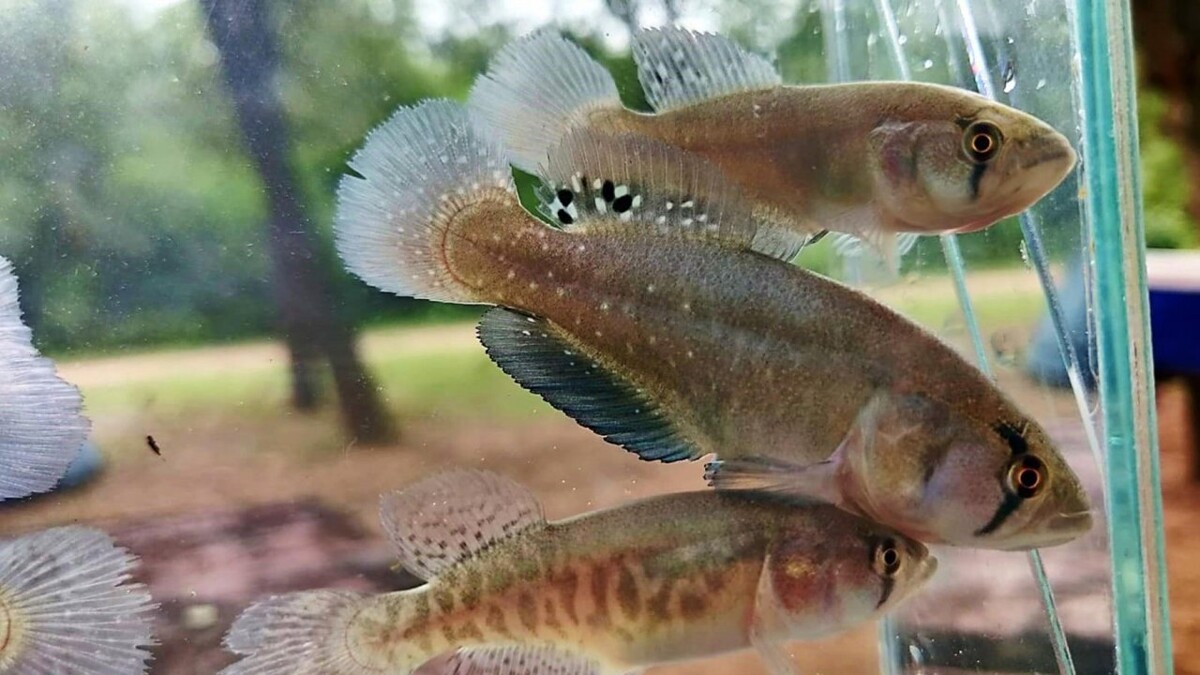
A team of researchers from the National Council for Scientific and Technical Research (CONICET), various Argentine universities, and the National Museum of Natural History of Uruguay has discovered a new species of giant killi fish in the temporary wetlands of Chaco National Park. The newly discovered species has been named Titanolebias calvinoi. This finding not only contributes to science but also highlights the importance of conserving the fragile wetland ecosystems to protect unique and specialized species.
This new species of giant killi is an example of what are called annual fish, capable of surviving in puddles that periodically dry up. To adapt to these extreme environments, these fish have developed unique characteristics such as rapid growth, accelerated maturation, and the production of eggs that can withstand desiccation. These eggs enter a state of dormancy in the dry mud until the rains come and conditions are favorable again.
Titanolebias calvinoi was first sighted in June 2023 by a park ranger, a biologist, and a naturalist in the seasonal wetland area of the Black River basin in Chaco National Park. This chance encounter took place just before the wetlands completely dried up, thus preventing birds or other predators from feeding on these temporary fish.
In Argentina, the situation of seasonal killis is concerning, as of the 18 recognized species, more than half are under some level of threat of extinction. Therefore, it is essential to intensify research and conservation efforts to protect these fish. The discovery of Titanolebias calvinoi offers hope and provides valuable scientific information for these conservation efforts.
This new species belongs to the genus Titanolebias, which is characterized by including larger killis compared to other species. Additionally, it is the first species of this genus recorded in the eastern Chaco region, significantly expanding the known geographical distribution of these fish. After collecting several specimens and consulting with experts, researchers began the studies to officially describe Titanolebias calvinoi.














